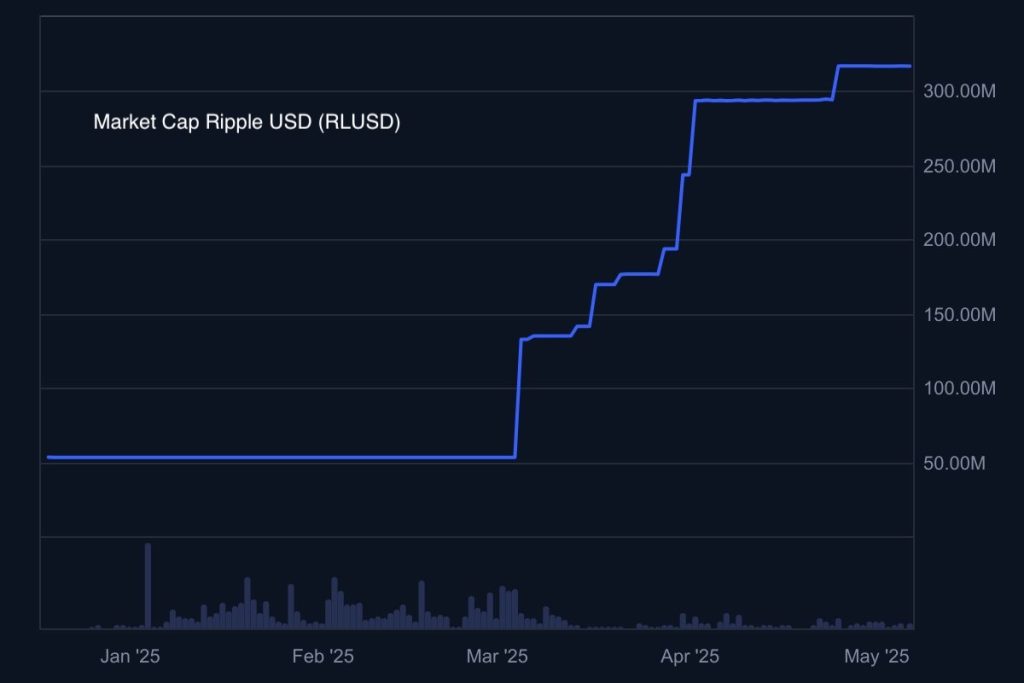Martha Stewart is on the cover of the Sports Illustrated Swimsuit edition. The businesswoman and … [+]
Ruven Afanador / Sports Illustrated
Everyone is talking about Martha Stewart gracing the Sports Illustrated Swimsuit Edition cover. Stewart, at 81, is hailed by SI as the oldest woman ever featured on the annual magazine. It seems people either love Stewart’s appearance or hate it. But behind the duality, the media icon’s swimsuit cover says a lot about the changing narrative on ageing.
Stewart was one of the four covers of this year’s swimsuit issue, along with actress Megan Fox, trans singer Kim Petras and model and actress Brooks Nader. According to the publication, these women “live in a world where they feel no boundaries, internal or external.”
On the one side, people applaud Stewart for looking so good while posing in 10 different swimsuits–men, women, gay, straight, younger and older acknowledge and admire her health and wellness. On the other side, some question why Stewart would stoop to the idea that women’s beauty is best portrayed when scantily clad with lips pursed.
“I did not have Martha Stewart, at 81, gracing the cover of Sports Illustrated’s coveted Swimsuit Issue on my 2023 bingo card,” said Bradley Schurman in a LinkedIn post. “But here we are. And I am here for it!”
Schurman knows the broader implications of SI’s move. Author of The Super Age: Decoding Our Demographic Destiny, Schurman understands demographic change and how it disrupts social, cultural, political and economic norms. In other words, Schurman recognizes when indicators are moving in the right direction.
“Demographic change, when coupled with the new longevity, creates dynamic opportunities for nearly every business. Isn’t it time your organization woke up to the possibilities of creating age-inclusive workplaces, products and services and marketing and communication strategies?” he asked.
In response, Lindsay Goldman, Chief Executive Officer at Grantmakers in Aging wrote, “There is nothing revolutionary here. It’s just more of the same regressive bs. Now older wealthy, surgically-enhanced white women also have the privilege of serving as sex objects. Not my idea of progress.”
Photographed in the Dominican Republic, Martha Stewart is pragmatic and unapologetic about her … [+]
Ruven Afanador / Sports Illustrated
While Stewart denies having any facial surgeries, she does admit to using filler and Botox sparingly. She’s proud of how she looks at her age. She was pragmatic and unapologetic when asked why she did the SI cover.
On her Instagram page, Stewart wrote, “My motto has always been: when you’re through changing, you’re through. So I thought, why not be up for this opportunity of a lifetime?”
Stewart has long advocated the benefits of staying active, eating healthy foods and spending time outdoors. She encourages women to care for their skin and openly admits to four decades of facials and a complex daily regime of cremes and serums—certainly not something every woman can afford.
Still, Stewart views her SI cover as a way to inspire all women.
“I hope this cover inspires you to challenge yourself to try new things, no matter what stage of life you are in. Changing, evolving and being fearless–those are all very good things, indeed,” she posted.
Where Sports Illustrated Got It Wrong
In one headline, SI writes, Martha Stewart Gives a Lesson in Ageless Living With Her Sports Illustrated Swimsuit Cover. Except, there is no such thing as ageless living. To imply otherwise is covering and misleading.
Likewise, anyone referring to Stewart as 81 years young has it all wrong. Everyone knows that 81 is the older end of the age spectrum.
Why is it wrong to imply otherwise? Age activist Ashton Applewhite explains in her blog, Yo, Is This Ageist?
“The mind and body are the same age. Figuratively, framing it this way implicitly equates old with bad and young with good when there are good and bad things about every age. Sorry, but aspirations to stay young or young at heart are based on age denial, which is the foundation of ageism.”
Applewhite is also the author of This Chair Rocks: A Manifesto Against Ageism and co-founder of Old School Anti-Ageism Clearinghouse, offering commission-free resources to educate people about ageism and how to end it.
“In an ageist culture, we use young as a placeholder for positive emotions (e.g., energetic, attractive, on-trend),” she adds. “But these feelings can crop up at any stage of life—they’re age-independent.”
In other words, to suggest that an 81-year-old is ageless is, in and of itself, ageist.
Ageing is what everyone experiences from birth. And how any two people age looks different because many factors influence the process. DNA, access to healthcare, the type of work we do and for how long, the stress and trauma we suffer and the ability to rebound, a solid support system–in addition to diet and exercise–are all factors that influence ageing.
What Stewart’s Cover Says About Ageing
Stewart’s SI cover makes a striking statement about the shifting cultural paradigm in ageing, regardless of which side of the fence you are on. Across the age spectrum, people are taking notice.
Longer runways shift focus to a longevity mindset
Younger people are quickly realizing that the runway ahead of them has no end in sight. That has a tremendous impact on life choices such as career, health and happiness. It leads to people of all ages considering multiple career fields, for example. If people are living longer, what must one do to take care of body and mind to live a life of health and wellness? More pressing is the realization that a 100-year life requires a 100-year life savings.
Youth-focused obsession no longer reality
The United Nations estimates that the population growth of centenarians (people ages 100 and older) will continue to accelerate. In 2015, the world was estimated to have half a million centenarians, four times more than in 1990. By 2050, more than 3.7 million centenarians will celebrate ten decades of living.
Longevity, combined with lower birthrates, means that the face of the world is slowly growing older. That impacts population needs and expectations in every aspect of life, from the workplace to healthcare–and most certainly media.
In other words, the youth-focused obsession that has previously inundated media, television, advertising and every other aspect of life no longer represents reality. As a result, seeing more age diversity will (and should) become the norm.
Credit: Source link











